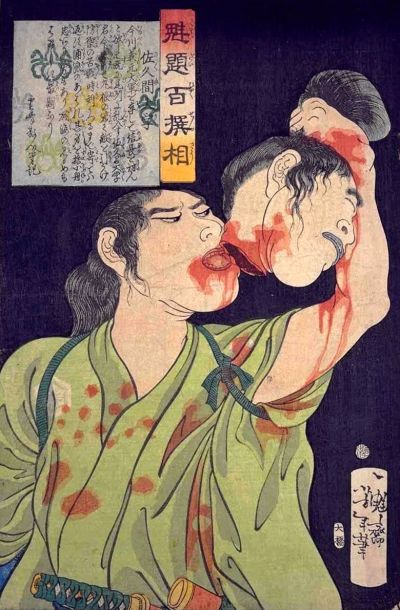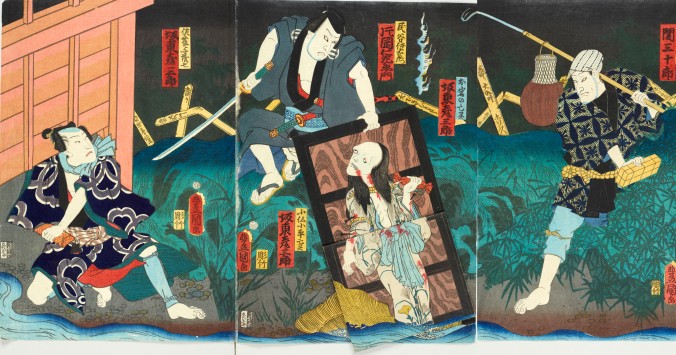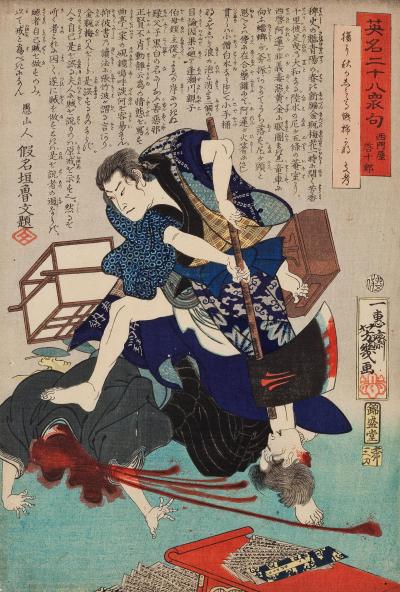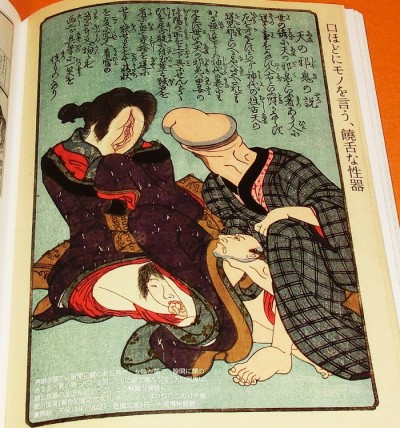The lobishomen is a type of werewolf that appears in Portuguese folklore, most prominently in the southern region of Alentejo. It’s usually described as a typical werewolf, although others have said it looks more like a small, hunchbacked monkey. Explanations for how people become lobishomen varies across the country, from being the murder victims of witchcraft to being the children of parents who had committed incest. The most common explanation, however, is that a lobishomen is born if his mother has had seven (sometimes five) sons in a row. Daughters can become lobishomen too, although they are generally called “loberia”.
The victim’s life is completely normal until he’s hit puberty. For the next seven years, every Saturday night, the adolescent child has an unstoppable urge to quit whatever he’s doing and go out into the woods. He’ll then take off his clothes, fall to the ground, and transform into an ugly and oversized animal, typically a rabbit, wolf, or donkey. Immediately, he starts to run throughout the forest, and he can’t stop until the sun’s come up. According to some variations, he runs because he’s being chased by demon dogs.
Once the seven years are up, the victim finally becomes a lobishomen. During the daytime, he looks like any other man, but he’s very thin and has a yellowish tint to his skin. He continues to suffer an involuntary transformation every Saturday night, but now has an insatiable thirst for human blood. The curse is lifelong, although it can be broken if somebody draws blood from the lobishomen at the exact moment he is transforming. This is really dangerous, however, because humans can die if even a single drop of lobishomen blood falls on them.
The lobishomen legend is also found in Brazil, although it’s considered more of a vampire in that country. Unlike its Portuguese cousin, the Brazilian lobishomen doesn’t kill people, and only attacks women. Women who are bitten by a lobishomen then attack children and drink their blood. The only way to keep lobishomen away is to smear a paste made of Wolf’s Bane and sweet onion around doors, windows, and graves of people believed to be lobishomen.
Sources:






















